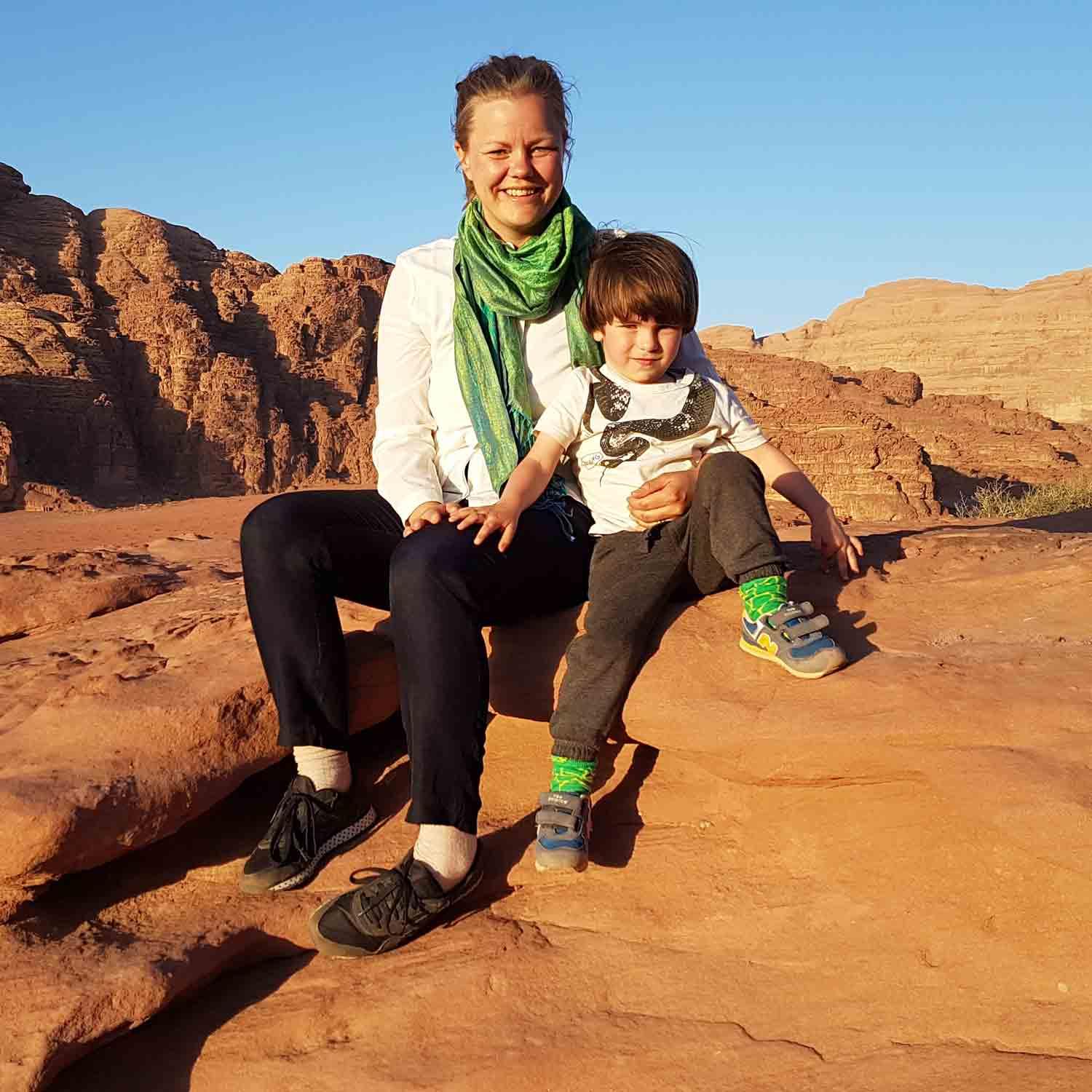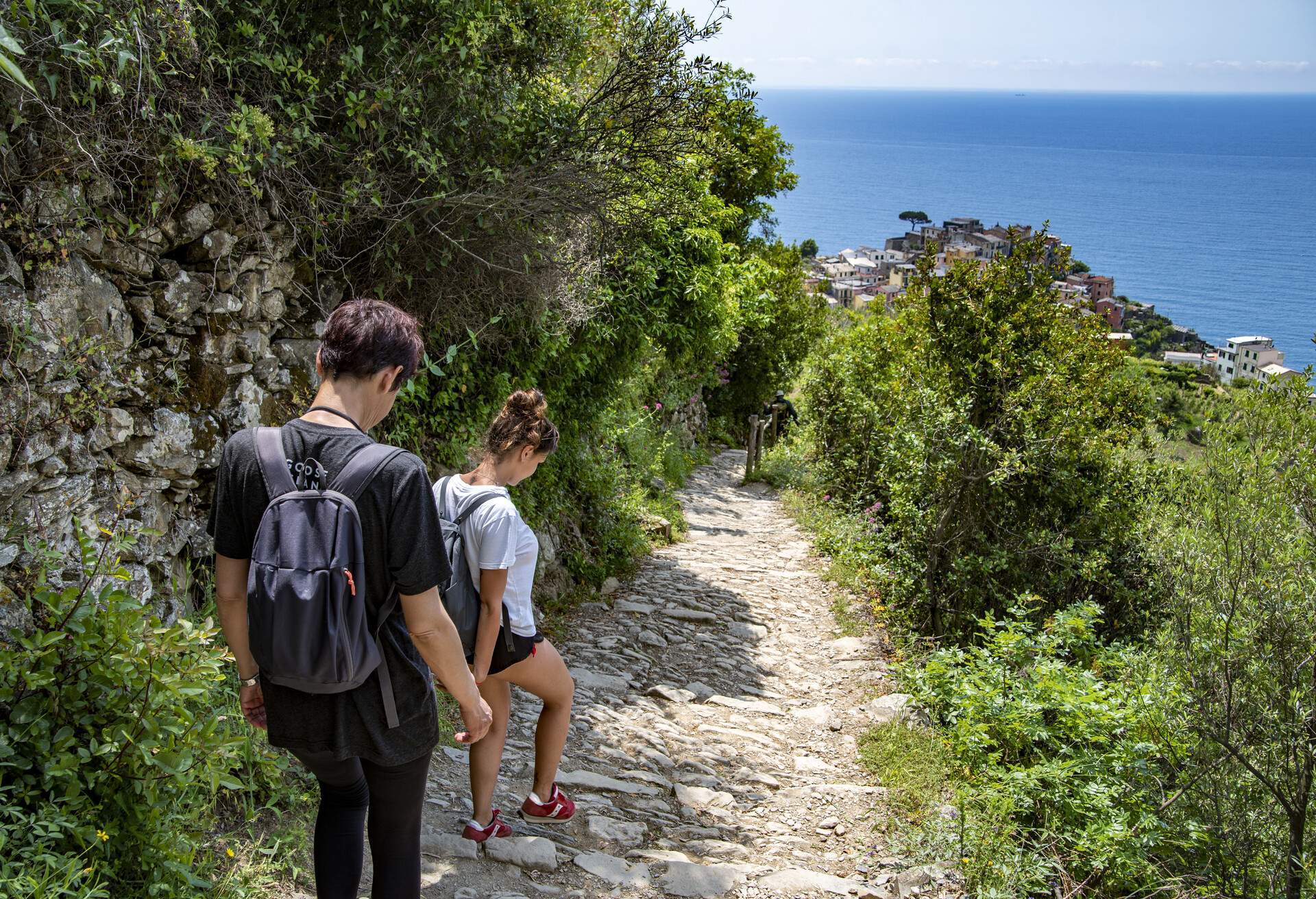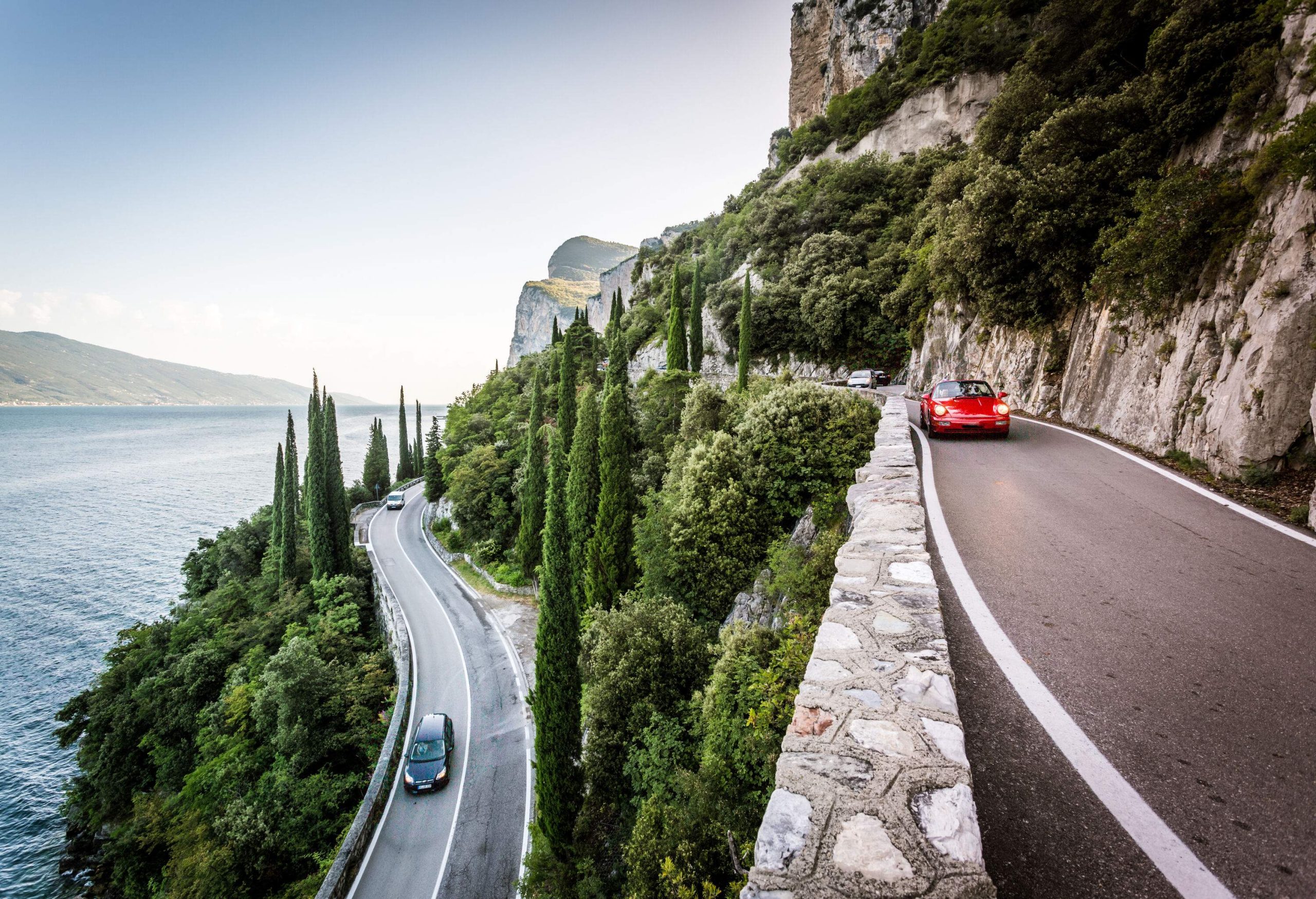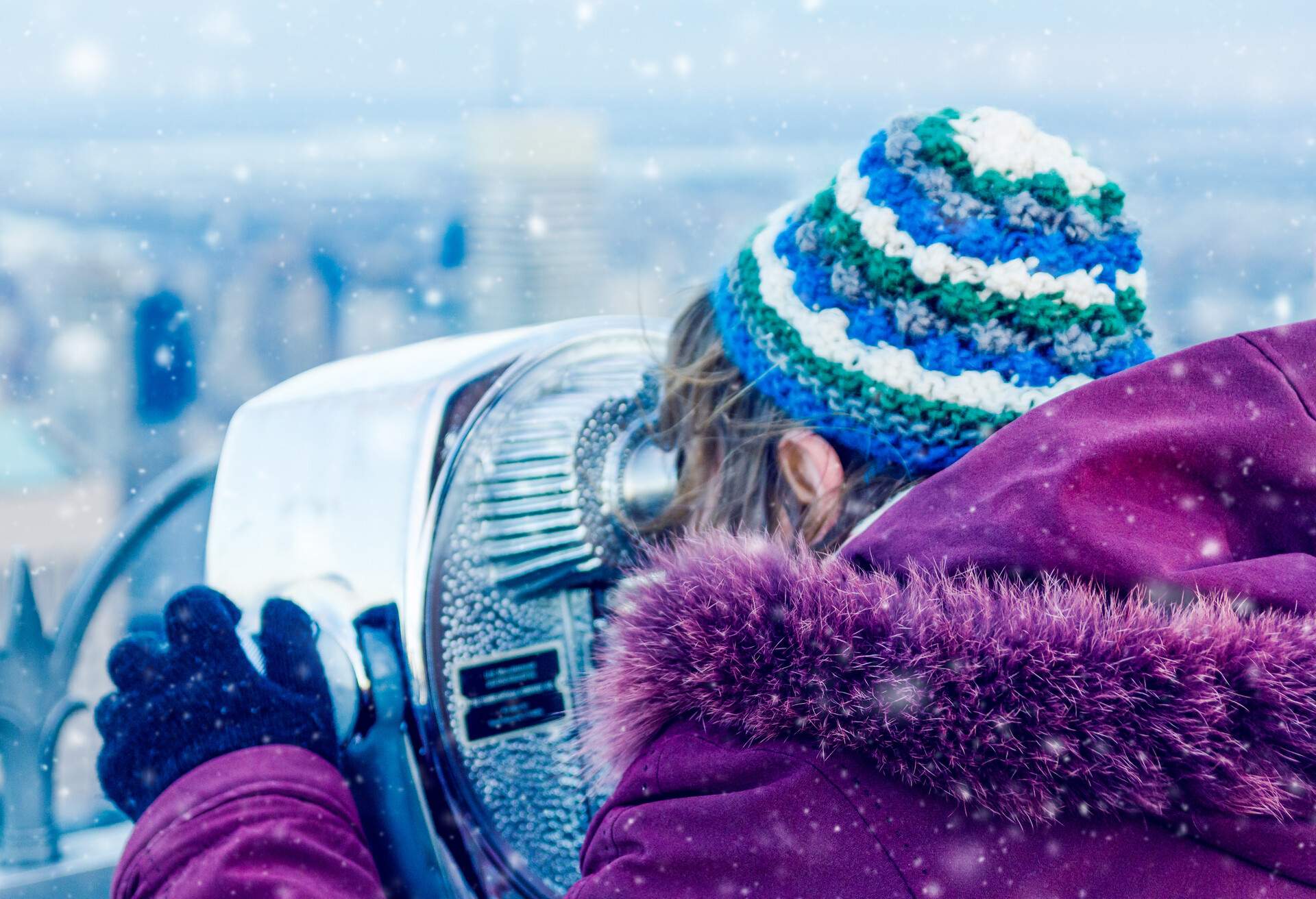An Italian holiday conjures up images of sunny beaches, dining out al fresco and romantic gondola trips. All of that is true, but there’s so much more to explore in Italy every season.
In fact, the height of summer isn’t really the best time to visit Italy at all, as the country’s Ferragosto season starts in mid-August. Italians close up shop and go on holiday themselves for two weeks, so you’ll find many of the smaller attractions and restaurants closed if you visit then. If you’re restricted to taking your annual holiday in summer, the best time to visit Italy is in June and July.
Otherwise, there’s something fascinating to do and see throughout the year: virtually every month offers a festival or feast day. Religious celebrations are numerous, too, usually marked with all manner of activities and things to watch. Let’s delve into them and you can plan your next holiday abroad.
Seasonal weather information
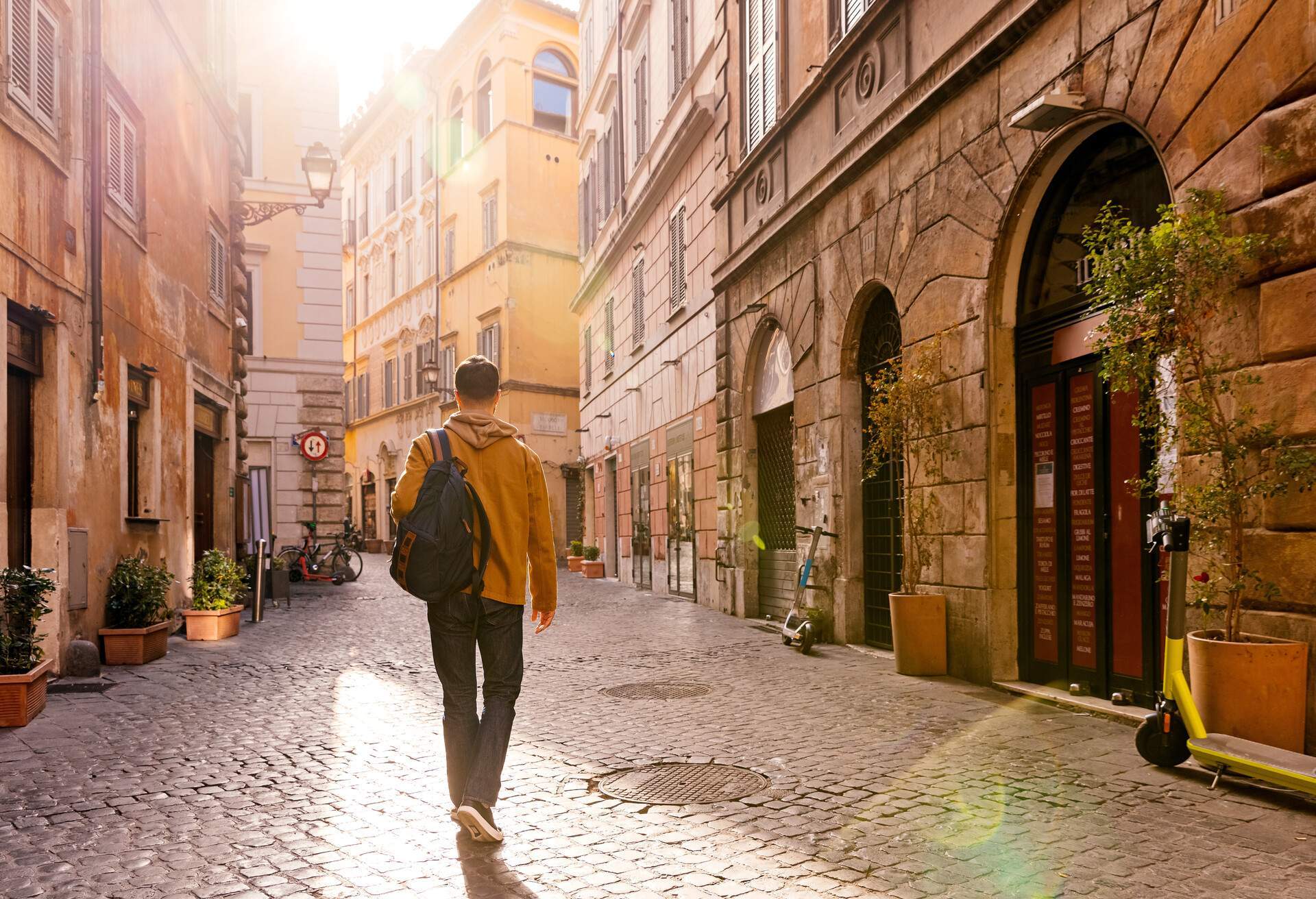
Naturally, the summer months are the warmest in Italy. Be forewarned, however; by warm we mean really hot and humid in some regions. Temperatures can range from a pleasant 64°F to a blistering 100°F. The southern part of the country gets particularly sweltering and sweaty.
The best time to visit Italy for the weather is actually in late spring, around May. The weather is pleasantly warm, with cooling breezes and temperatures peaking at around 77°F. Early fall is also nice and warm, but it’s also the rainy season, which could put a dampener on your outdoor plans. Winters are dry and cold, with lows of around 23°F and highs of about 59°F.
Packing for your trip to Italy

The best approach is to pack according to the expected weather whilst you’re intending to travel to Italy. Pack shorts, T-shirts, hats, and lots of sunscreen if you’re arriving at the height of summer.
Conversely, if you visit in mid-winter, pack for the cold. The weather can also differ from region to region, so if you’re spending your time in the southern parts of Italy, you can expect generally warmer weather all year round.
Spring in Italy
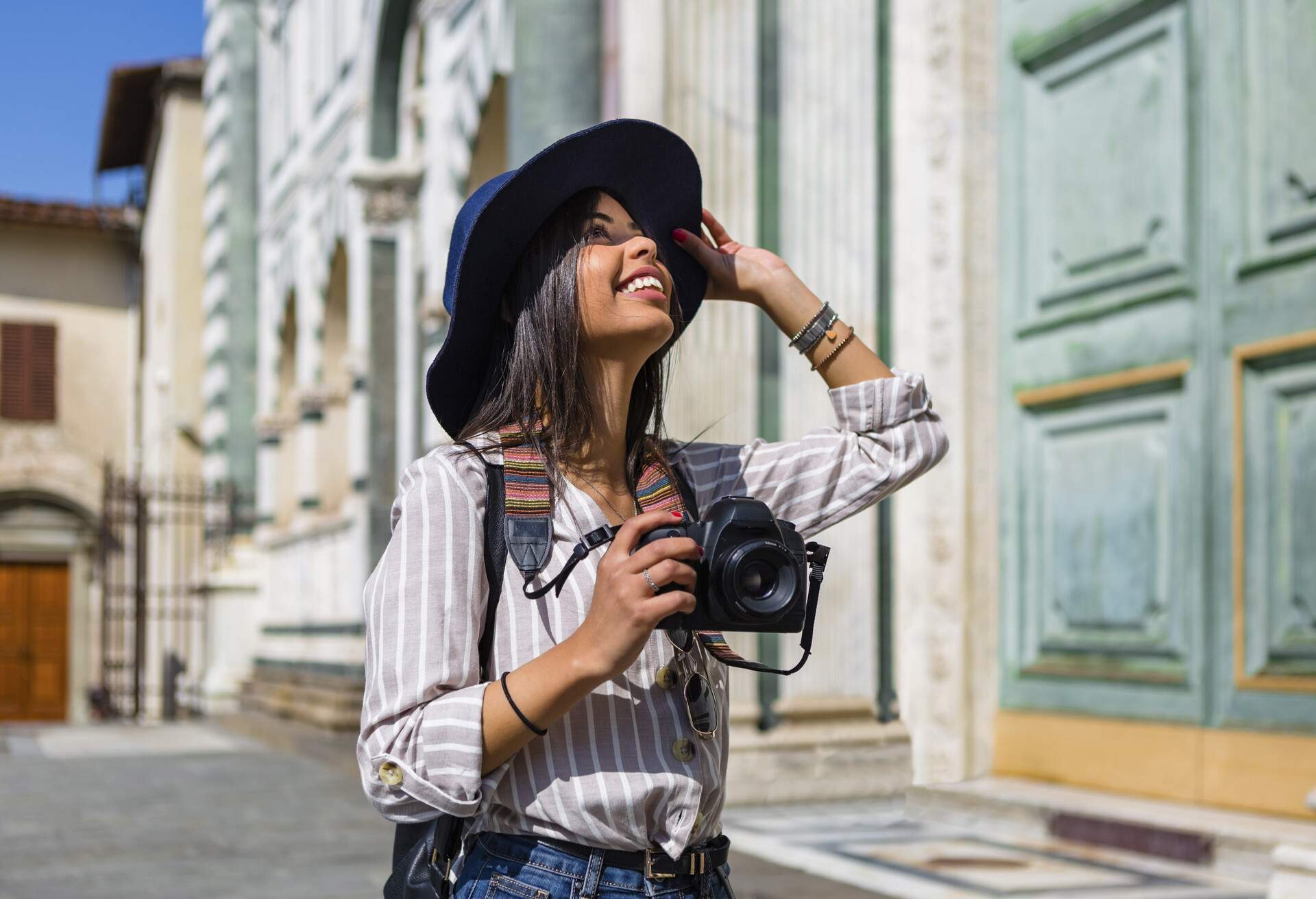
Average temperature: 64-68°F
Description: Spring, particularly late spring (May) is the best time to visit Italy. The weather is pleasantly warm, with cooling breezes, longer days, and temperatures peaking at around 77°F. Plus there will be very little rain.
Early spring is also much quieter than the busy summer tourist season, so the main attractions will be quieter.
Best places to go
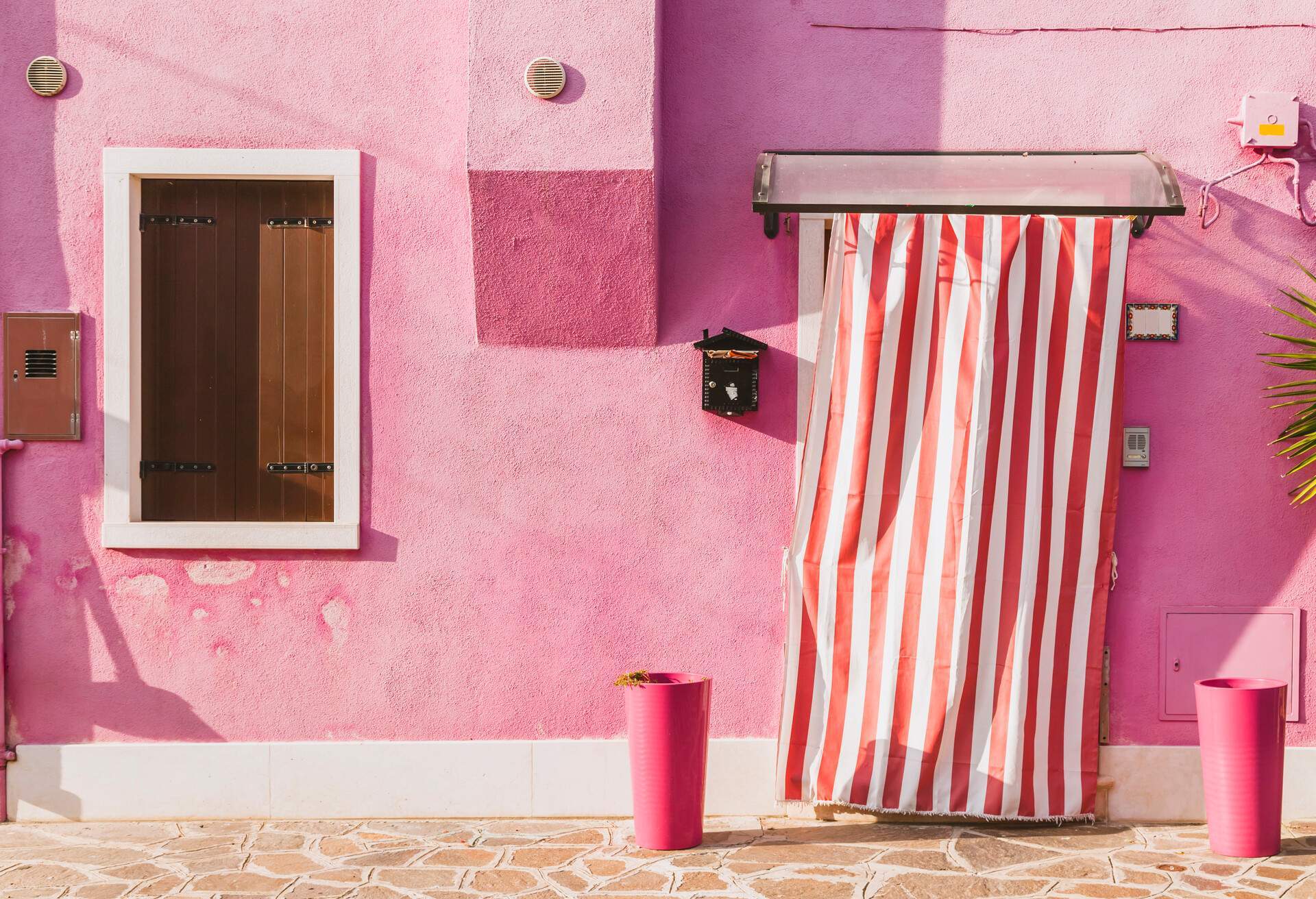
Almost everywhere looks beautiful in the Spring time. But top of our list is a trip to Venice to see the lesser-known but equally-beautiful Northern Lagoon. Known for its peaceful atmosphere, it’s a group of smaller islands – including Murano, Burano, and Torcello – separated from the main area of Venice. You’ll find lovely beaches and amazing views at this stunning hidden gem.
The Cinque Terre – a beautiful cluster of five coastal villages (Monterosso, Vernazza, Corniglia, Manarola and Riomaggiore) – is a must-see, and much more enjoyable without the crowds.
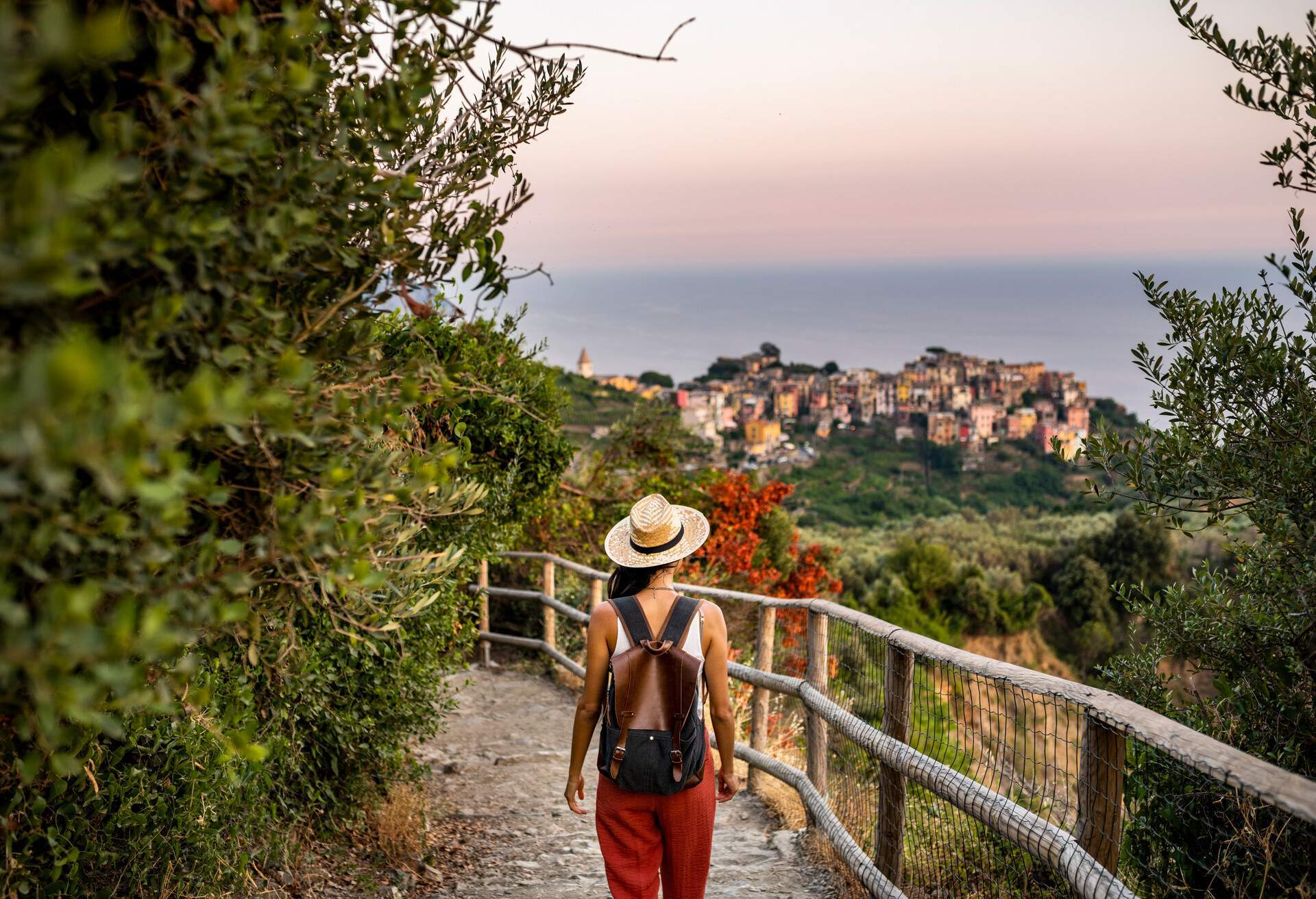
If you’re a wine lover spring is also a good time to explore Italy’s famous vineyards as it is ‘Vino Novello’ season. This is when you get to sample the grape harvest from the previous fall. Try the wine regions of Tuscany, Lombardy or Veneto.
Also, head to the Dolomite lakes in Northern Italy. As the snow melts away in springtime the lakes are stunning. Rent a boat or simply enjoy a walk or hike.
We also suggest a trip to Naples. Not only is the food some of the best in Italy, but Easter is a great time to visit as the Italians usually have an extended celebration. If you’re feeling adventurous you can hike up Mount Vesuvius.
If you’re a European soccer fan, you may wish to go to Milan as the city has two world-famous football teams: AC Milan and Inter Milan. You might be able to grab some tickets for the climax of the football season. Also, pay a visit to Italy’s largest church – the Duomo di Milano.
We also recommend seeing some of the main Italian sights, such as The Uffizi Gallery in Florence, Juliet’s balcony in Verona and the Colosseum in Rome as but the crowds will be fewer.
Best spring activities and events in Italy
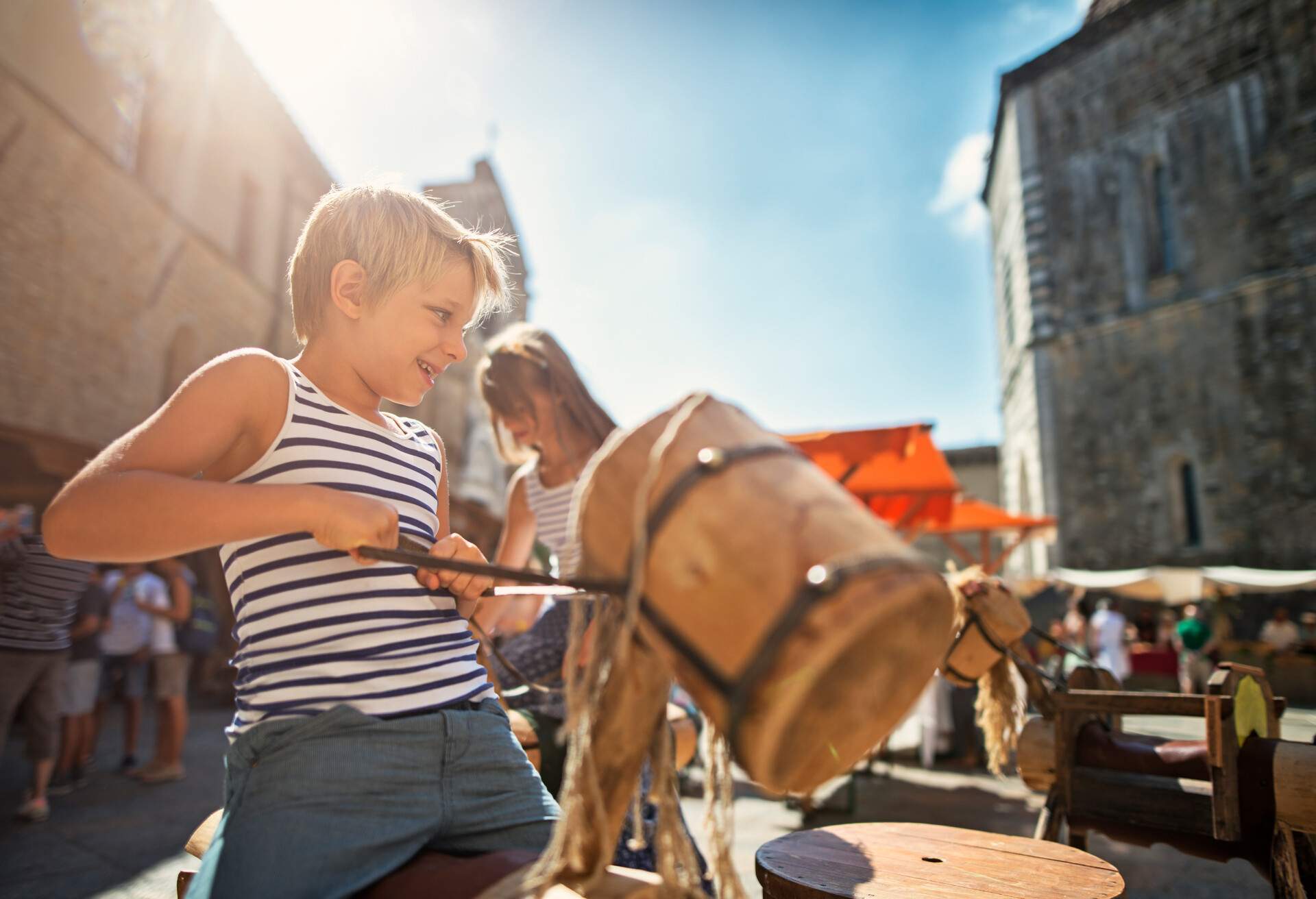
Early in spring, you have the Festa della Donne, in honor of International Women’s Day. Italians give mimosa flowers to signify the day, so you’ll see the cities’ pavements bedecked with bunches of them from flower vendors. It’s also the start of the summer marathon season, beginning with the Rome Marathon in early March and then the Milan Marathon in April. The world-renowned Giro d’Italia cycling race also takes place in May.
You can enjoy Open Monuments Weekend in the spring. This is when you can access hundreds of monuments across the country that are normally not open to visitors. Even better is that they’re all free to enter. The dates vary each year, so you’ll need to check that in advance.
Chocolate fans get a treat at the very beginning of spring, with the CioccolaTO festival, in Turin during the first week of March.
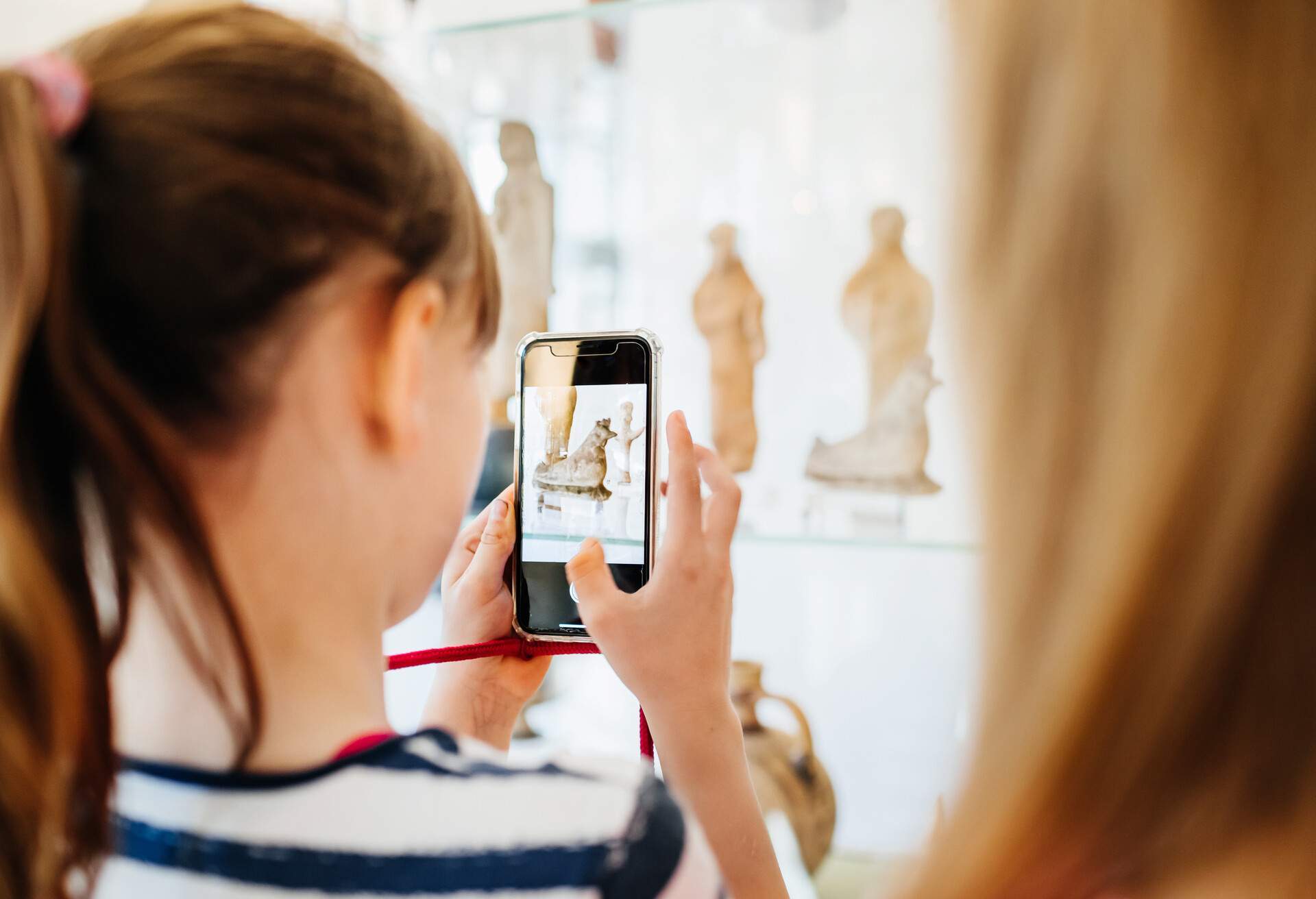
You can also go to Venice in late April for the Rosebud Festival, officially the Feast Day for Saint Mark. It’s traditional for men to give their loved ones a single rosebud, so if you’re traveling as a couple, don’t forget.
You can buy them all over the city; Saint Mark’s Square becomes rosebud central. Whilst you’re there, you can visit the magnificent Pallazzo Ducale, the Doge’s Palace.
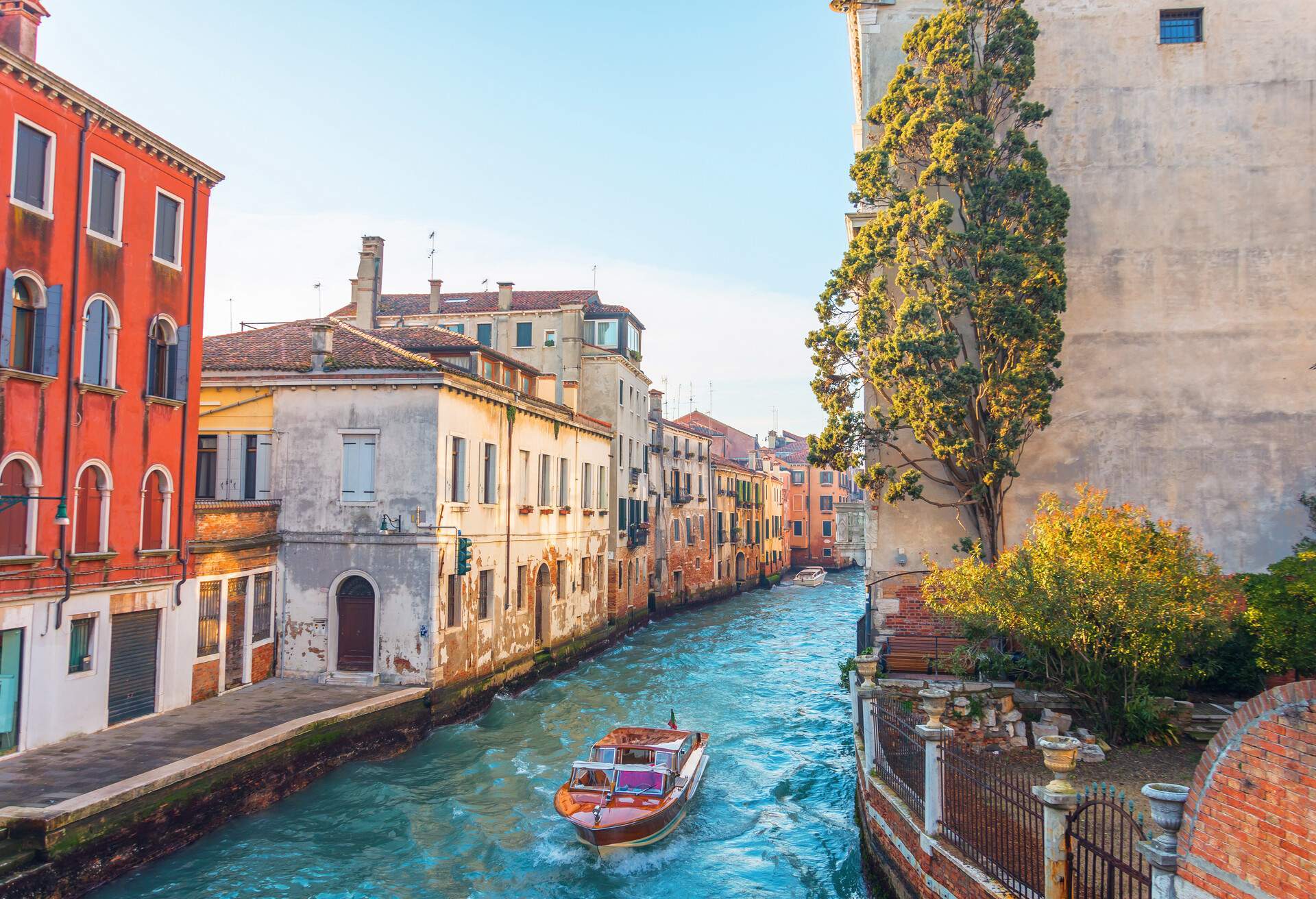
May sees one of Italy’s most colorful and fascinating events, the Race of Candles in the town of Gubbio. The ceraioli (candle-bearers) dress in the colors of their respective saints as they carry huge wooden statues of them through the streets.
Summer in Italy
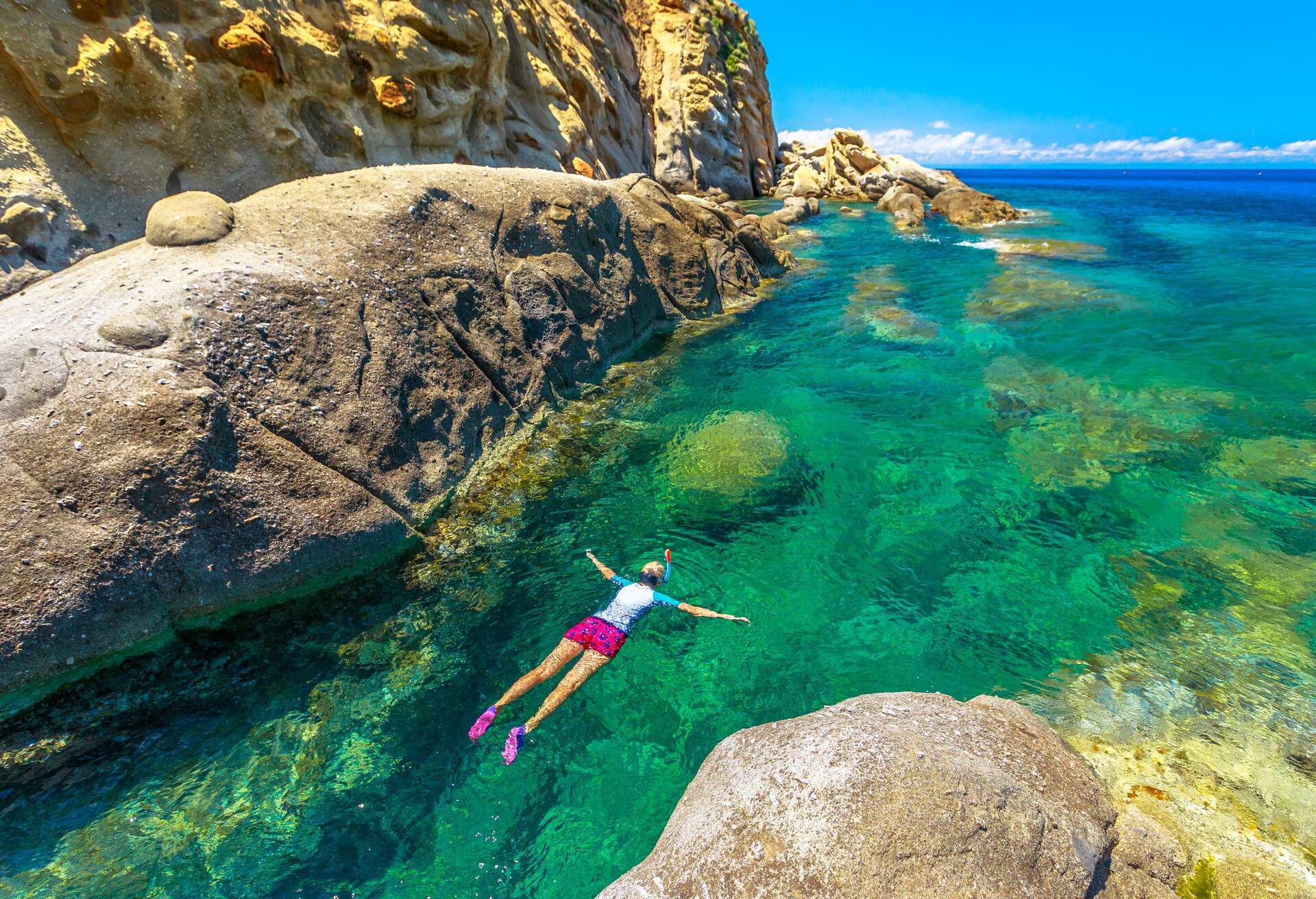
Average temperature: Northern Italy: 65-85°F, Central Italy: 70-90°F, Southern Italy: 80-90°F
Description: It’s going to be hot and sweaty. Not ideal for exploring the major cities and their famous sites but perfect if all you want to do is chill out on a beach.
Best places to go
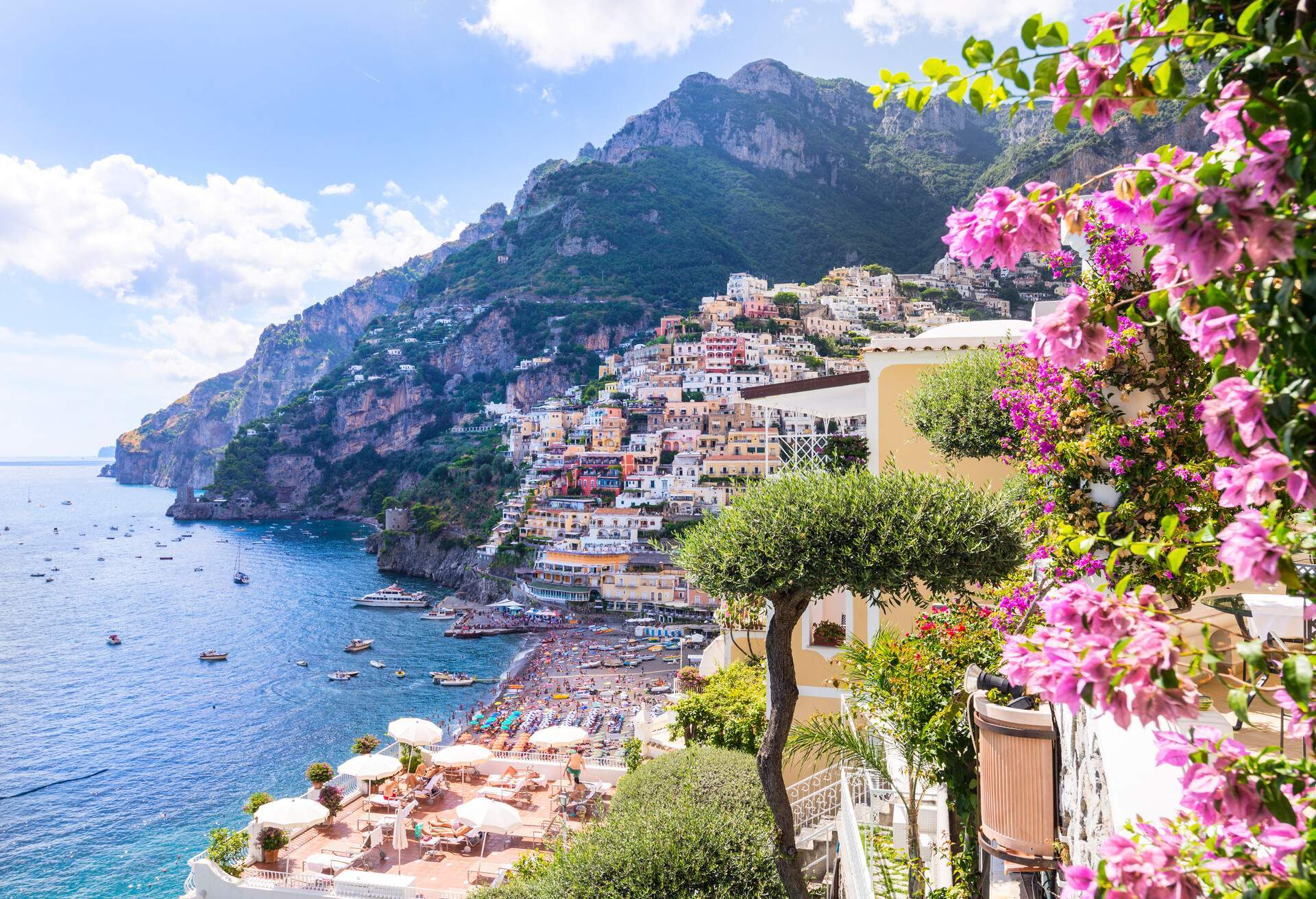
Let’s start off by saying, you should avoid any of the major cities, or too much sightseeing as it will be hot, hot, hot.
Instead head for the stunning southern beaches such as Gargano, in Puglia, the “Cinque Terre and Amalfi Coast and chill out with a good book and a cocktail. If you’ve got a young family, the beaches are great and the locals are really welcoming to children.
Sicily and Sardinia are also great options for sun-worshippers.
If you’re not a fan of the beach head for the rolling hills of Tuscany and rent a villa with a pool.
Best summer activities and events in Italy
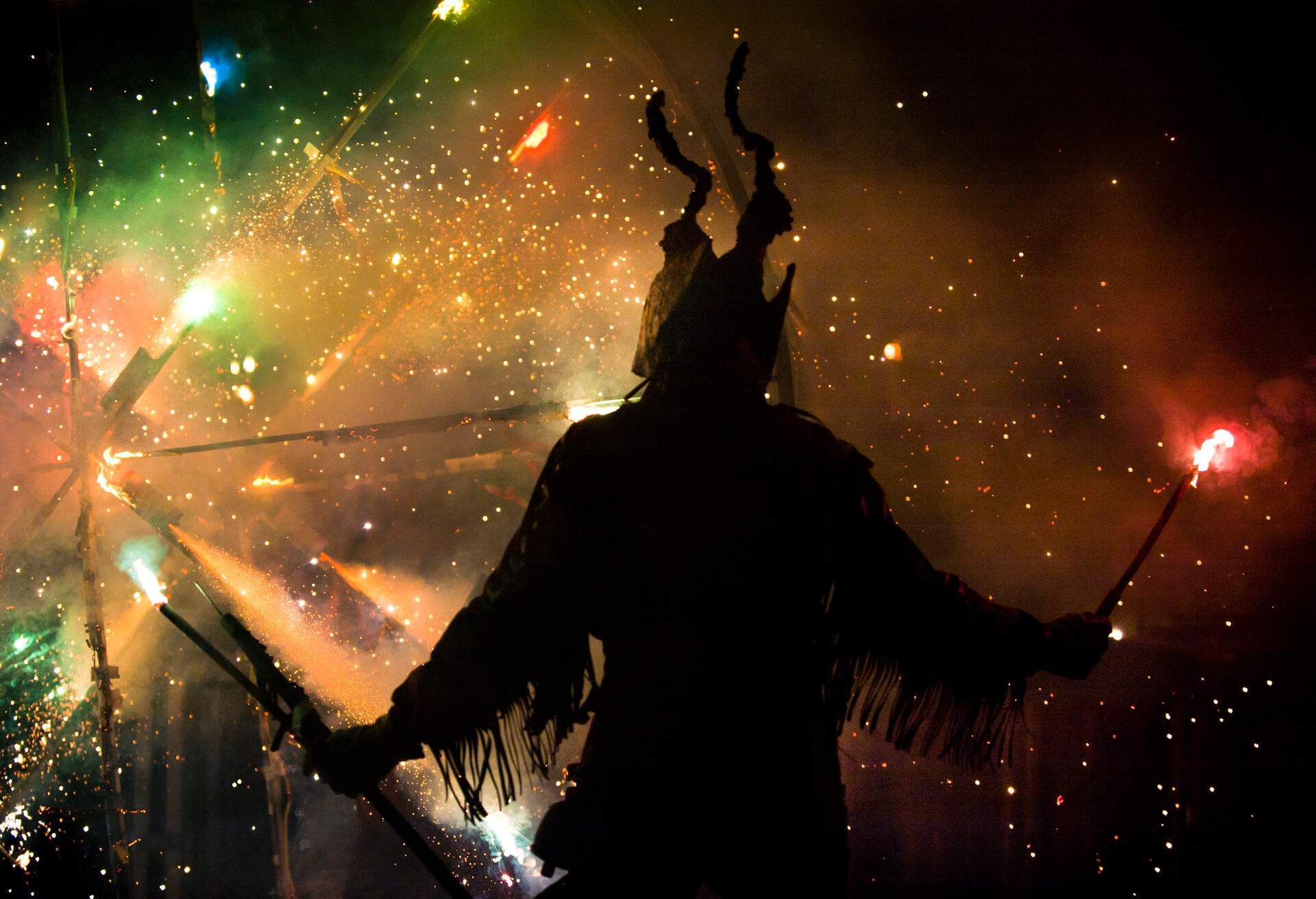
The summer festivals are another reason that can make this the best time to visit Italy.
The world-famous Verona Opera Festival begins at the end of June, continuing through to the beginning of September. It’s been held since 1936, with performances in an ancient Roman amphitheater.
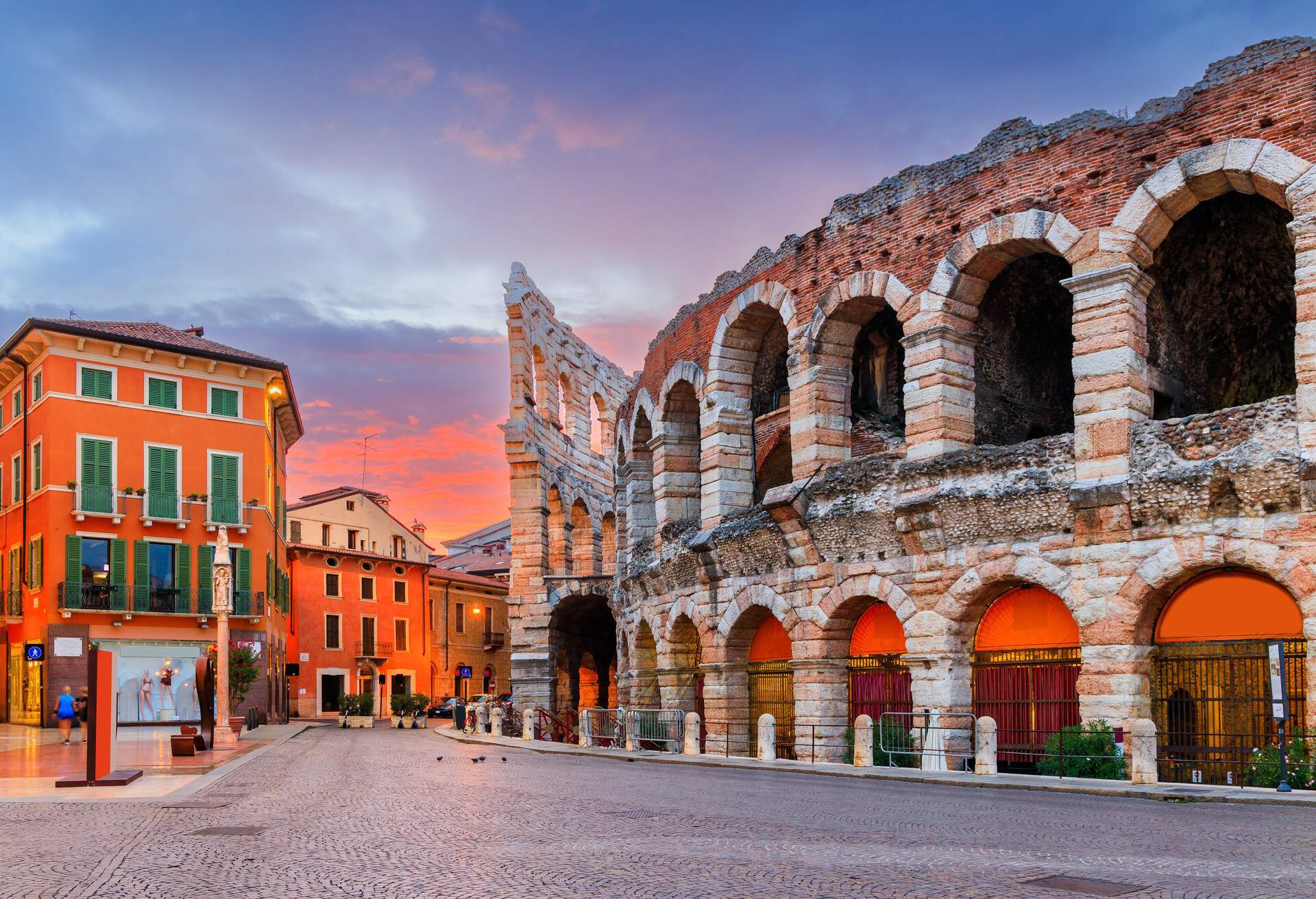
There’s also the Festival of Two Worlds, in Spoleto. Running from late June to mid-July, it’s an extravaganza of opera, pop, rock, hip-hop, house, folk, and jazz. It offers live concerts, visual arts, drama, and dance.
You can also attend the famous Venice International Film Festival in late summer. The city is a good place to base yourself, as it’s not too far from Verona. You can start your holiday with an opera festival and end it with one of the world’s great film festivals. For other things to do here, read our Guide to Venice.
Fall in Italy
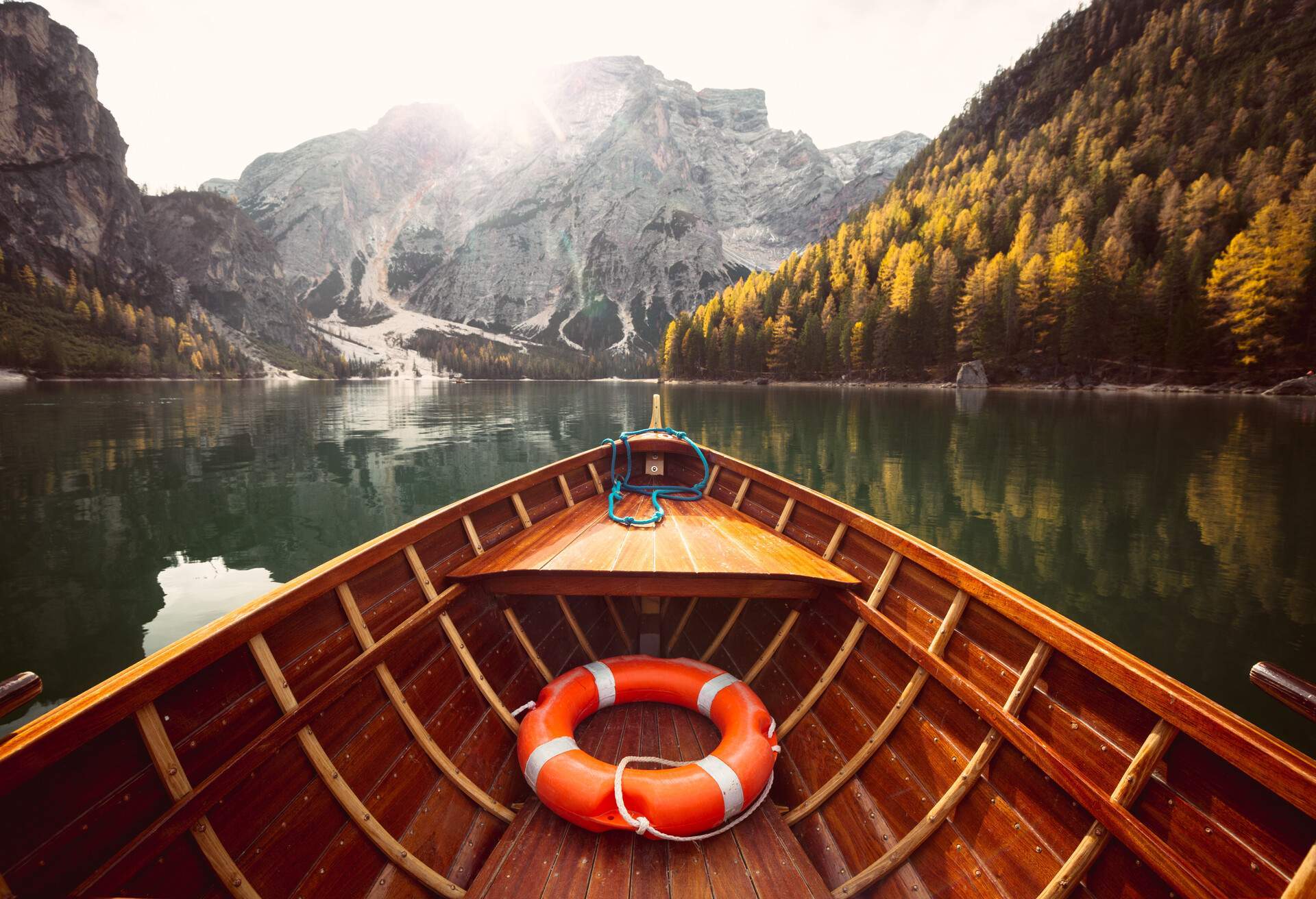
Average temperature: 44-65°F
Description: Fall is a great opportunity to do many of the things you wanted to do in the summer but without the crowds and intense heat. It’s still warm enough to chill on the beach in the southern regions, but an even better time to go hiking and enjoy wandering around vineyards.
Best places to go
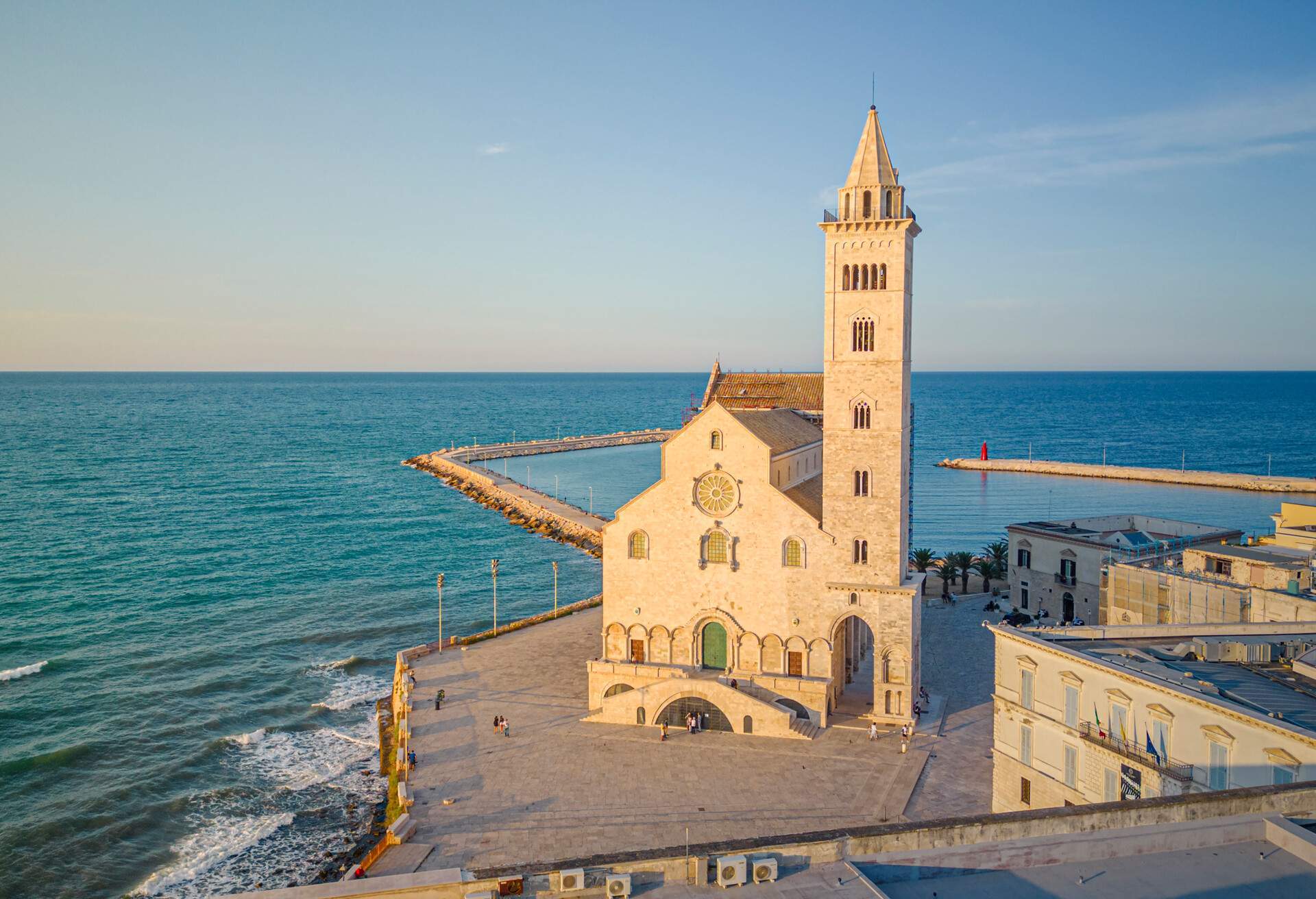
Trani, Pulia. A hidden gem! As with everywhere, you’ll experience fewer crowds but the town looks beautiful at this time of year. Nicknamed ‘The Pearl of the Atlantic’, there are wonderful beaches to explore but also a rich historic center with quaint narrow streets, a Jewish quarter, the Swabian Castle, and the Trani Cathedral.
Syracuse, Sicily. A wonderful place, but even better explored in the lower fall temperatures.
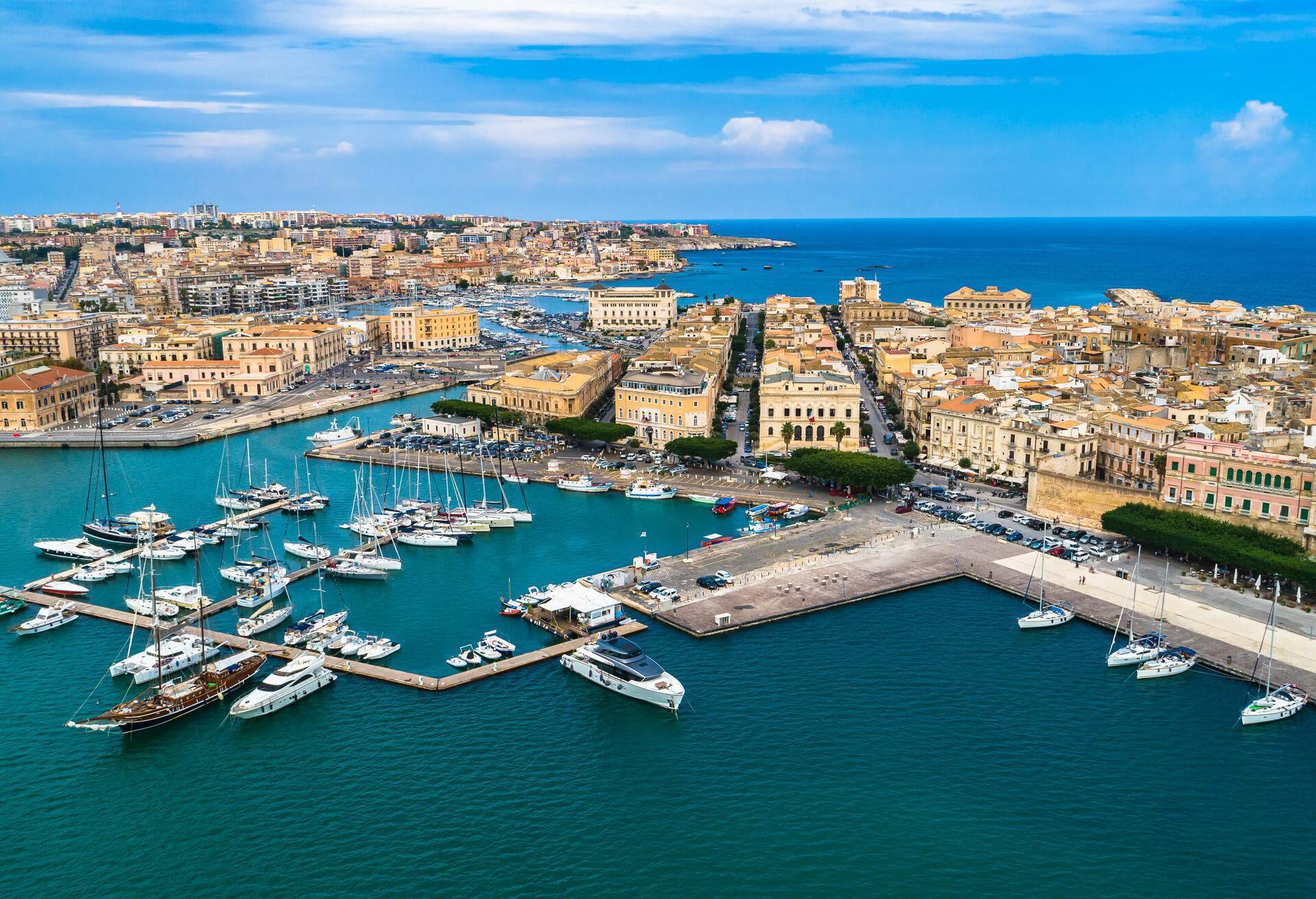
The area hosts lots of events throughout the year but the Le Vie dei Tesoriis event in October is a great one for culture lovers. The city opens its doors to lots of unseen treasures such as private palaces and art galleries and secret gardens.
It’s also warm enough to still go swimming in the sea and spend time on the beach. Make sure you try the olives, hazelnuts, and olives that are harvested here.
Best fall activities and events in Italy
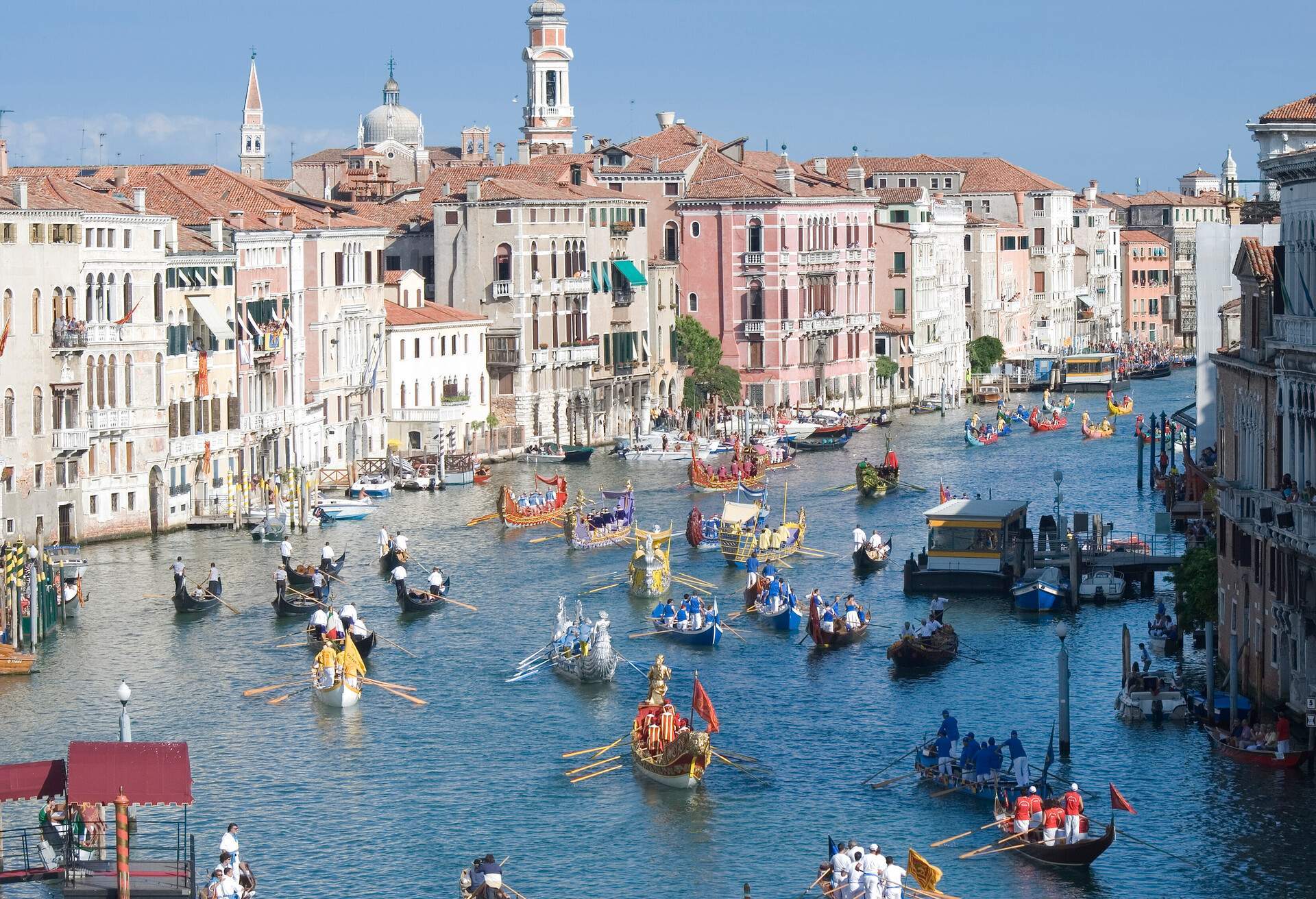
The Historic Regatta takes place in Venice on the first Sunday of September. This historic water pageant features gondola processions and costumed competitors in old rowing craft, plus serious rowing races.

Fall sees the White Truffle Fair in October and November in Alba, an utterly indulgent experience of “taste weddings” created with a variety of regional truffles and wines by expert chefs. There’s also the Prosciutto Festival in Parma, where you can eat Parma ham to your heart’s content.
You can also twist someone’s arm to join you at the EuroChocolate festival in Perugia in October, the top chocolate festival in Italy.
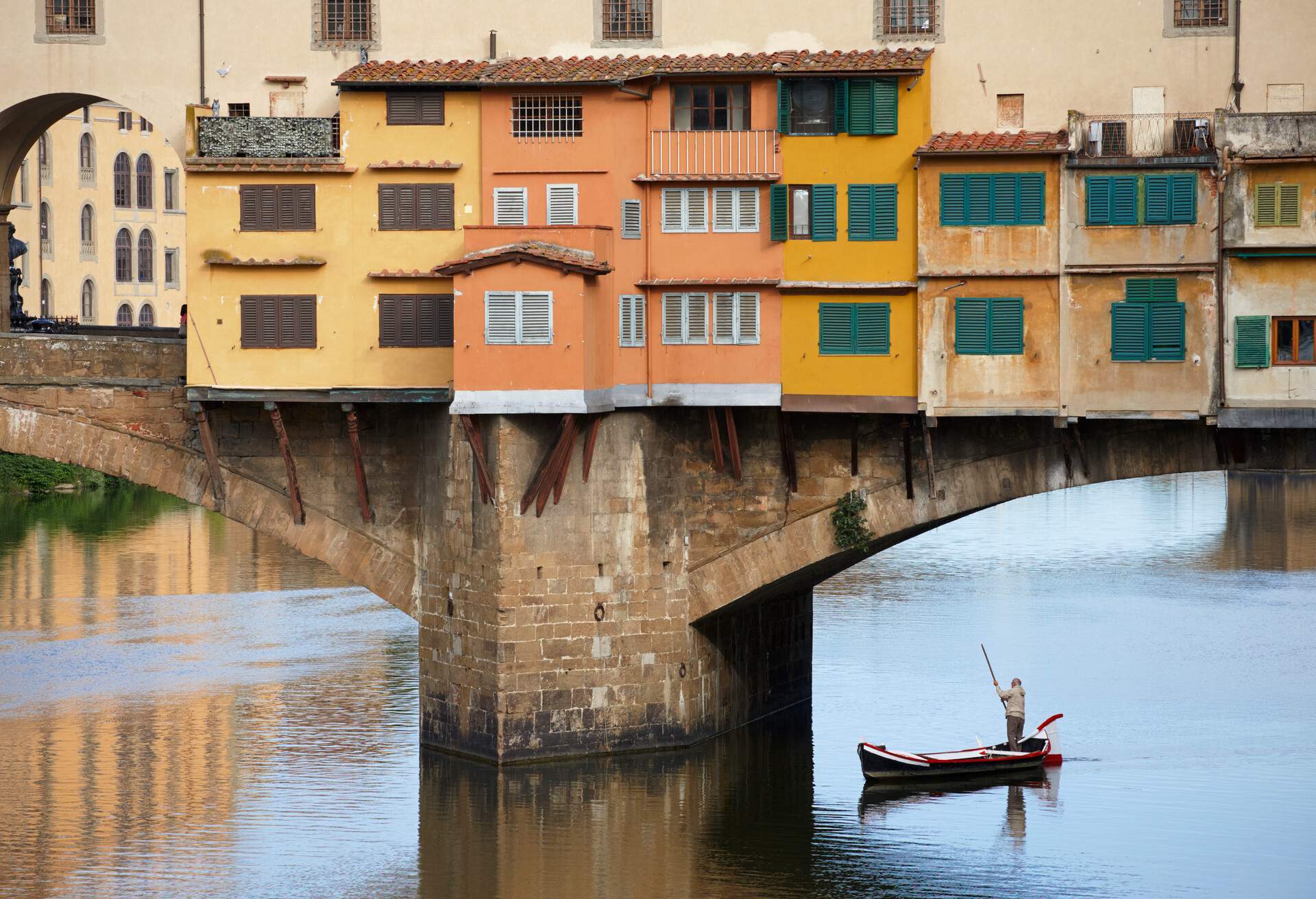
In September, you can visit Florence for its Rificolona Festival. Rificolone are colorful paper lanterns, which the resident children parade through the center of the city on long sticks at night. They follow a route from Piazza Santa Felicita to Piazza della Santissima Annunziata. Florence is another beautiful Italian city worth seeing more of, so book a hotel there.
There are also several marathons in September and October. The first is the Enzo Ferrari Memorial Marathon in Maranello, a must if you’re a runner and a petrolhead. The Venice Marathon follows in October,
Winter in Italy

Average temperature: Between 30 and 39°F
Description: It’s going to be sweater and coat weather for sure, but winter is a lovely time to experience the major cities with their celebrations and decorations. It’s also a great time to visit the country’s ski resorts, such as the Dolomites, which borders Switzerland.
Best places to go

If you like winter sports, put Cortina D’Ampezzo on your to-do list. It’s a charming and beautiful town surrounded by the Dolomite mountains, on the border of Switzerland.
Turin is also a great destination as it is home to the best Christmas markets in Piazza Castello and Piazza Solferino. Also check out the Luci d’Artista, a light festival that runs across the city.
Alternatively, try Rome as the locals take the holidays very seriously here. As home to the Vatican, the religious Christmas celebrations are very important, with The Pope holding a parade in early December.
You can visit the world-famous Colosseum with much shorter wait times too.
Best winter activities and events in Italy
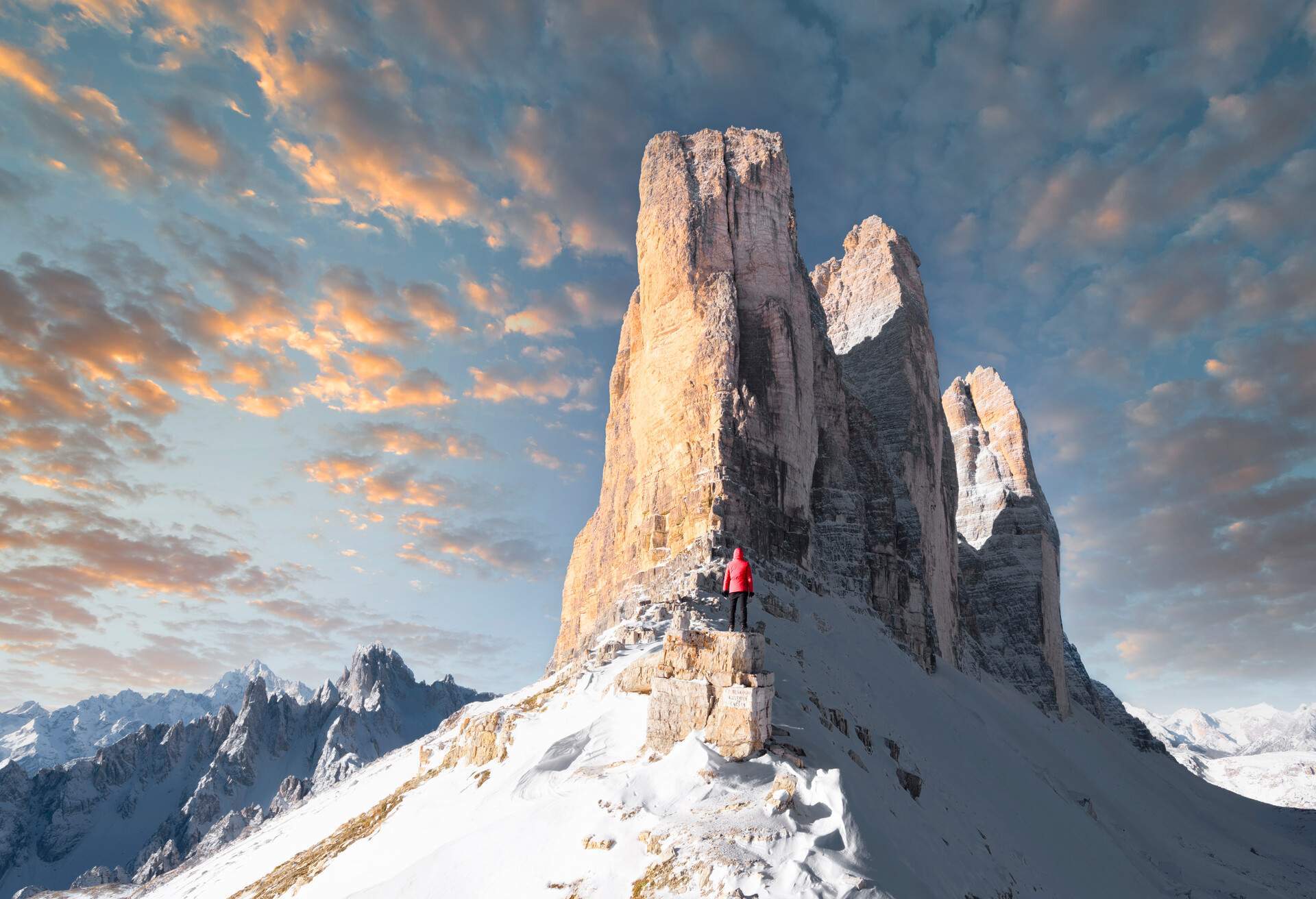
Winter is the best time to visit Italy for its religious feast days. The feast days don’t involve much eating; rather, you can watch a variety of processions in the different cities and towns, each dedicated to a different regional saint.
There’s the Feast Day for Saint Saturnino in Cagliari at the end of October, the Feast Day for Saint Giusto in Trieste in November, and the Feast Days for Saint Nicola in Bari and Saint Ambrose in Milan in December.
The Day of the Dead is commemorated throughout Italy on the 2nd of November. Also known as All Souls’ Day, it’s marked with small gift-giving and church services
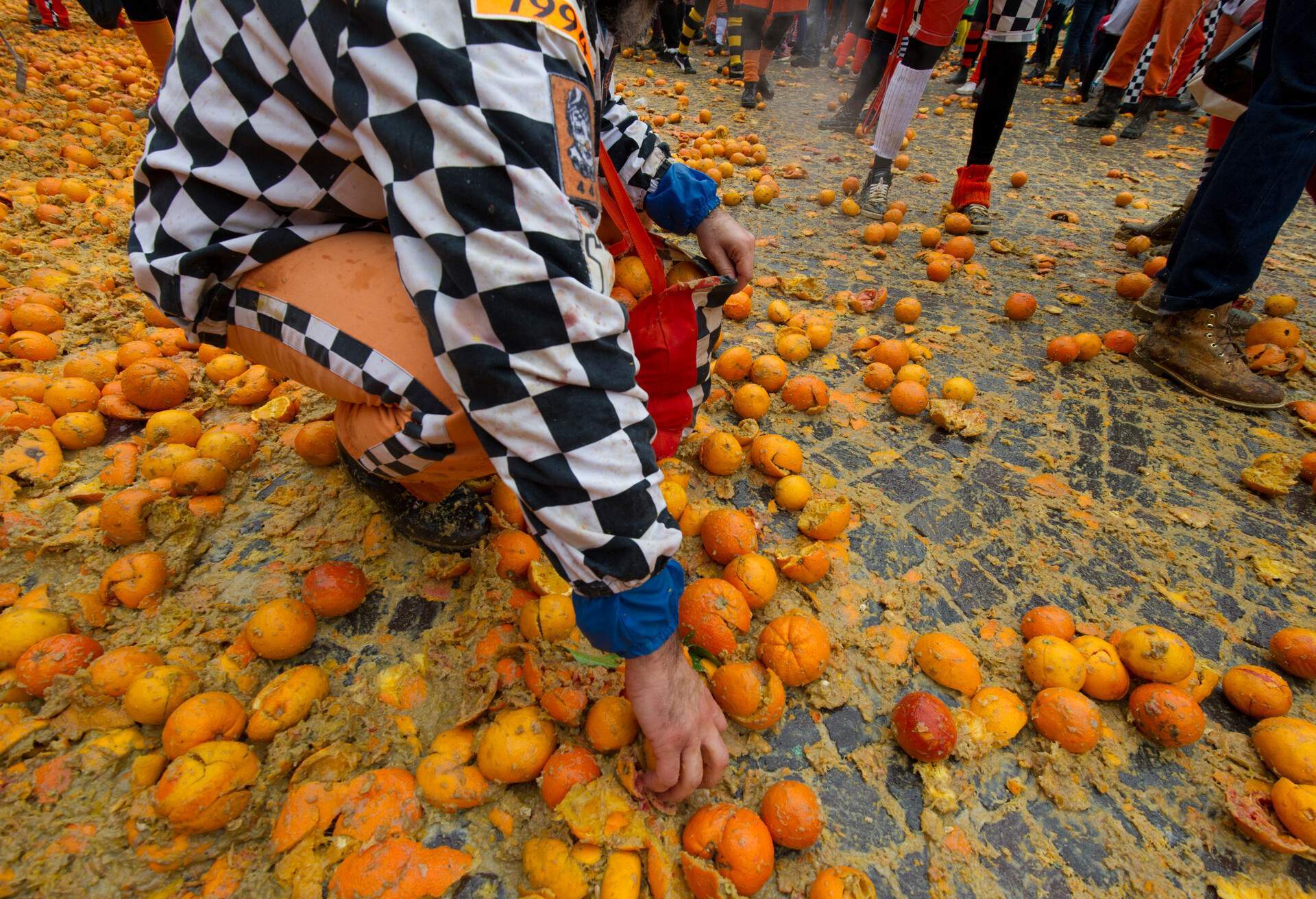
Perhaps one of the most unusual things you can do in Italy is participate in the Battle of the Oranges, in the town of Ivrea, in February. Known locally as Mar Carnevale d’Ivrea, it’s the annual carnival started in the 1800s with townsfolk in period costume acting out historic events. It has one unusual twist, however, hence the mention of umbrellas.
The final three days are dedicated to a massive orange fight in the city center — serious participants even wear protective sports headgear.
You’ll find more marathons in winter, including the Pisa Marathon, the Palermo Marathon, and then the Florence Marathon at the end of November which rounds off the season.
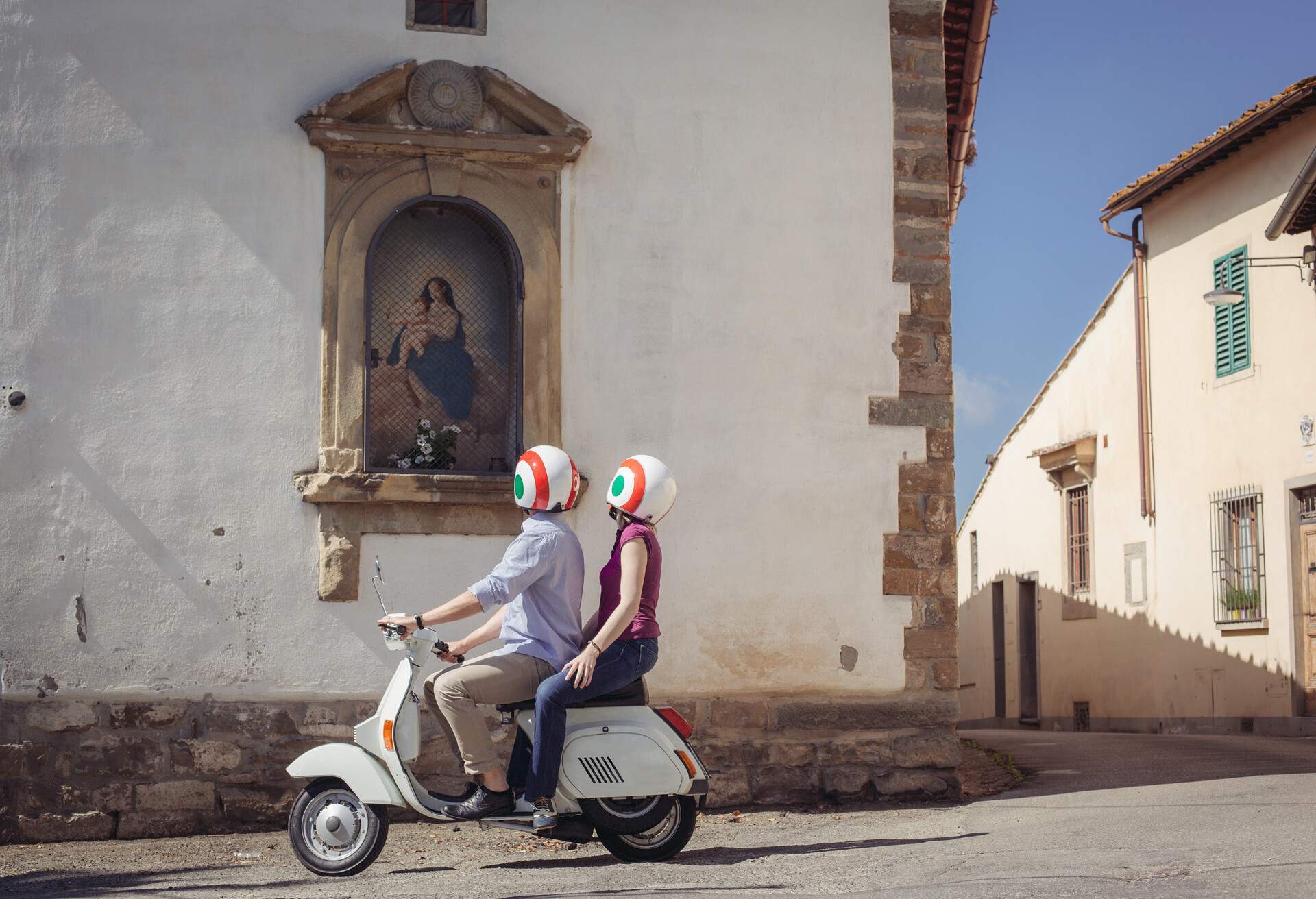
If you enjoyed this article, ou might like:

